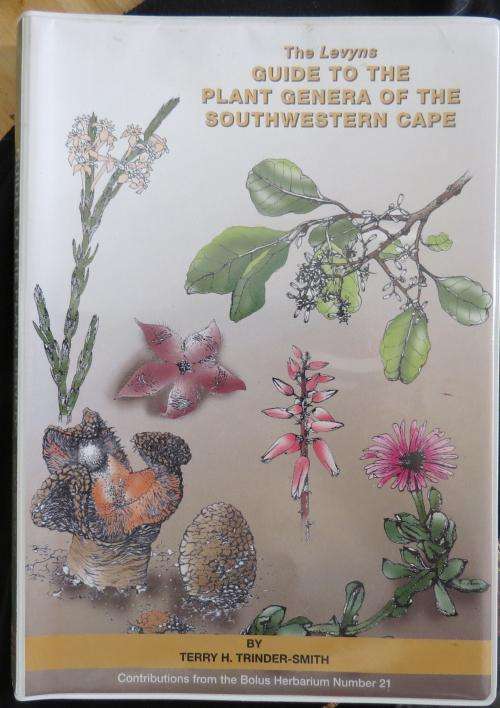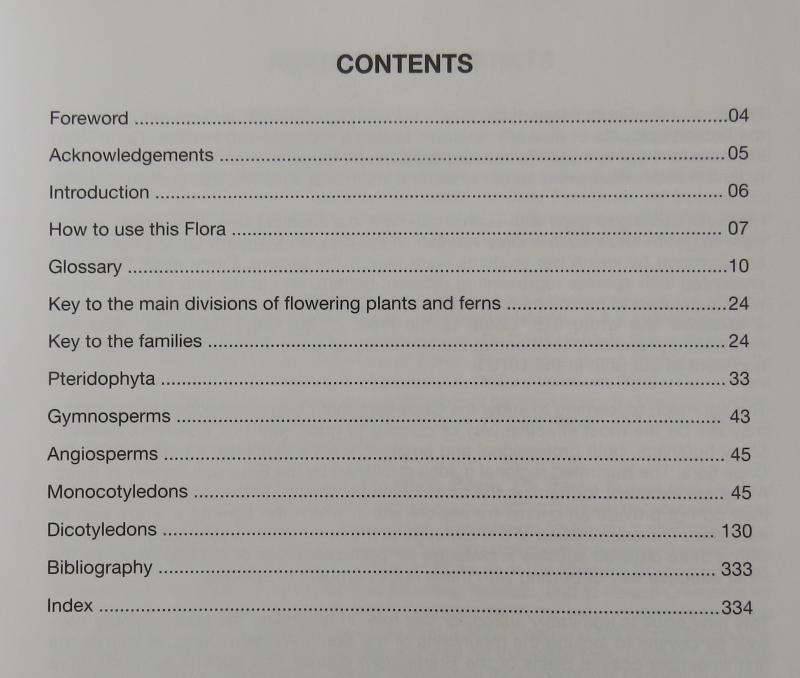The flora of the South Western Cape is remarkably species rich, and constitutes one of the hottest hotspots of diversity on earth. Within a radius of 120 km from Cape Town in excess of 4 000 species of vascular plants can be found, a diversity that has occupied botanists and horticulturists for centuries, and in the past decades, also conservationists. However, coming to grips with such a rich flora is a daunting task. It is almost impossible to get to know such a large number of species, so Margaret Levyns developed an approach by which her students were taught the genera. Every week they were presented with species representing different genera, and at the end of their course were supposed to place any species from the Cape Peninsula to the right genus. As a textbook she wrote the Guide to the Flora of the Cape Peninsula, and this remained a prescribed textbook at the University of Cape Town until the second edition went of out print in the 1970s.
The approach to learning to know the Cape flora that Levyns developed in the 1920s may still be the most effective way of coming to grips with this wonderful diversity. Many botanists, both professional and amateur, want a simplified introduction to the Cape flora. The illustrated regional guides published by the Botanical Society of South Africa are excellent for naming the more common species in the various regions, but they do not provide an overall framework within which the flora as a whole can be mastered. The combination of a knowledge of the taxonomic - systematic framework, with a more detailed species knowledge for particular areas or families might be the most effective way of dealing with these huge numbers of species.
This new book is admirably suited for this role. In extending the area originally covered by Levyns to include the mountains of the South Western Cape, as well as the rich limestone coastal plains of the Bredasdorp district, this book is so much more useful than its predecessor. The classification is presented, not only as a bare structure, but with descriptions of the various groups and clusters, and with the critical features illustrated and described. It takes the user to individual genera, and distils the features by which each can be recognized. The important glossary has been extended and is richly illustrated with labelled drawings. This should greatly facilitate the task of getting to know the strange botanical terminology used for describing plants.
One can but hope that this book will be much used. Without a sound knowledge of the flora, it is almost impossible to recognize species in need of conservation or of potential economic or scientific value. Worldwide there is a shortage of good field botanists, and in the Cape, too, there may be fewer than 10 people who can identify most Cape plants to genus. Although planning initiatives, global information systems. and excellent intentions are critical to conservation efforts, these can only be effectively translated into managing and caring for our superb flora if there are enough people who can recognize the plants in the field. If this book can reverse the modern trend towards botanical ignorance, it will have been a great success.
-Prof. Peter Linder Director Institute of Systematic Botany and the Botanical Gardens of the University of Zurich, Switzerland





